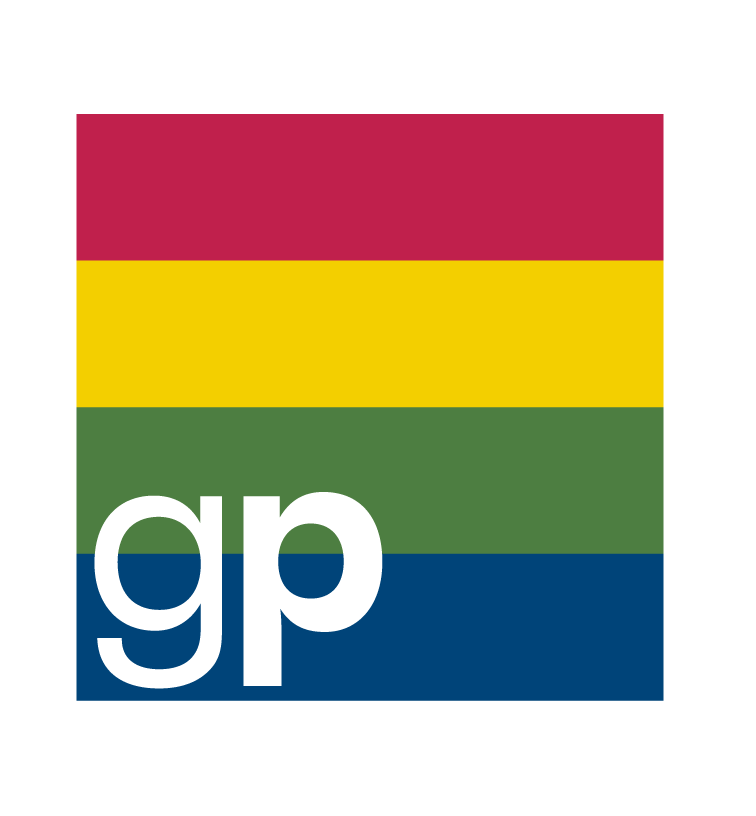A Guide To Visual Planning
It’s no surprise that working visually has become so much more common in business over the last decade.
A visual has the power to transmit considerable information exceptionally quickly. Almost everybody we speak to will tell us they are a visual person, and they prefer visuals any day to a long document or deck.
It’s mighty powerful to see the rise of the infographic almost as an art form turning complex data and information into really entertaining rich, and colourful graphics happily displayed in offices worldwide.
Here, we’re talking about visual planning. And in this application, it is the co-creation of the visual in real-time and in real life, that is where magic can happen. Successful organisations around the globe use it, and if you, too, are planning on implementing some visual planning techniques, we hope the following guide helps to explain this new area of business tool.
What is visual planning?
Visual planning and visual thinking use images to help make complex ideas easier to understand and remember.
It allows businesses to compress information into easily digestible parts, explaining the complex, surfacing topics that need better understanding, helping teams to see their role in the operational system and improving communication within the business.
The power of the visual can stimulate and enhance teamwork and inspire confidence in leadership.
It’s proven that providing visual information is one of the best ways to assist learning, especially in meetings. These are a few reasons businesses incorporate visual planning techniques into the workplace.
There are many different ways to achieve this, from small steps to a complete overhaul of procedures.
How to utilise visual planning in the workplace
Take visual notes
A great place to begin is your workflow. Although it may take a bit of practice, visual note-taking is practical and dramatically more efficient. Visual note-taking demands improved listening skills and translation to quickly visualise information, but it transforms your ability to comprehend what’s happening.
Deeper listening skills are a fantastic asset for people generally and will enhance team collaboration. Visual note-taking will help you retain important information and jog your memory quickly when glancing back at your notes.
Presenting And Engaging Visually
Some simple steps to make your points more visual when engaging people and presenting substantive information to employees. Try turning your ideas into images to make your presentation more interactive and immersive for all participants. Rather than bombard the audience with numbers, it’s much more likely to make sense by communicating the ideas through graphs.
Mapping out customer journeys, illustrating trends, plotting roadmaps and demonstrating new developments visually - it’s all proven to help people engage with and retain a considerable amount of information.
Utilise Visual Frameworks
Team meetings can be more engaging and productive when businesses use a variety of visual planning approaches such as storyboarding, visual brainstorming and techniques like mood boards to stimulate debate.
And when communicating data, visualisation techniques will bring the data to life through a multitude of concepts - Venn diagrams, pie charts, heat maps, waterfall and bar charts all convey information more efficiently than simply using words. And today’s white whiteboards make them prominent and hold conversations within the shapes themselves.
Using Visual Technology
Giving people access to visual tools is now a differentiator for modern businesses and plays a key role in optimising workplace engagement, creativity and communication.
Even the most basic spreadsheet has useful visual outputs incorporated. Team-wide collaborative whiteboarding and wireframing tools like MIRO, for example. Even Zoom has something built in. There’s also Tableau, one of the most popular data visualisation tools, Visme, ConceptBoard, Zoho Analytics, HubSpot, Trello, Databox, Infogram and hundreds more.
Visual planning with experts
If you want to transform or improve your company's work, it may be worth getting help from external experts on planning visually.
At Group Partners, we work closely with firms to improve their performance, exploit business opportunities and solve challenges. We develop fresh strategies and transfer confidence to teams to deliver sustainable solutions.
Creators of Structured Visual Thinking™, we focus on highly visual techniques that help leaders identify gaps in their current strategies. With an impressive client list including The Olympic Movement, Coca-Cola, The World Cup In Qatar, Toyota, Fox Corporation and many more, we’re highly proficient at helping introduce world-beating visual planning techniques into organisations.
Visual Planning - Key Takeaways
3M Corporation concluded that we process visuals 60,000 times faster than text.
Further studies find that the human brain deciphers image elements simultaneously, while language is decoded in a linear, sequential manner taking more time to process.
Visual cues are, therefore, compelling tools in business development
Humans can recognise and respond to a visual stimulus within 400-500 ms.
Visual planning can accelerate communication, modernise our ways of working and increase the engagement of employees.
There is an abundance of tools aimed at helping businesses implement visual planning.
Remember that visual planning will only be successful if the organisation’s goals are clear and employee morale is high.



